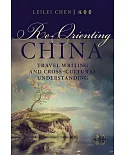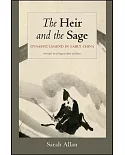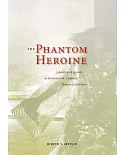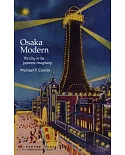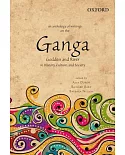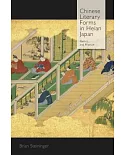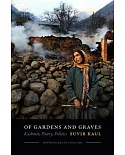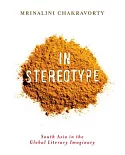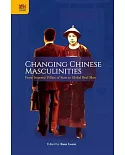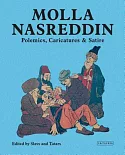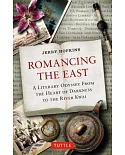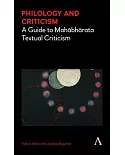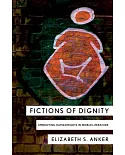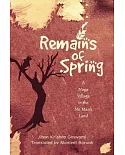The history of conflict over the Valley of Kashmir between Indian, Pakistani, and incipient Kashmiri nationalisms needs to take into account the question of why and how the Valley has come to
be so intensely desired by the contending nationalisms, according to Kabir (English literature, U. of Leeds, UK). She examines the evolution of these nationalist desires through an
interrogation of visual and cinematic representations of Kashmir and its representations in written texts. She first shows how Kashmir was constructed as a "paradise on earth" through
photographic and cinematic technologies, in conjunction with scholarly discourse on the Valley's antiquity and its relationship to the development of tourism. She then turns to dialogues
between Kashmiri literature, paintings of Kashmir by Indian artist Nilima Sheikh, and Hindu and Muslim rival visions of the Valley's spirituality in order to "theorize the possible
transcendence of territorial desire for the Valley through the reconciliatory and redemptive power of artwork." Annotation 穢2009 Book News, Inc., Portland, OR (booknews.com)


